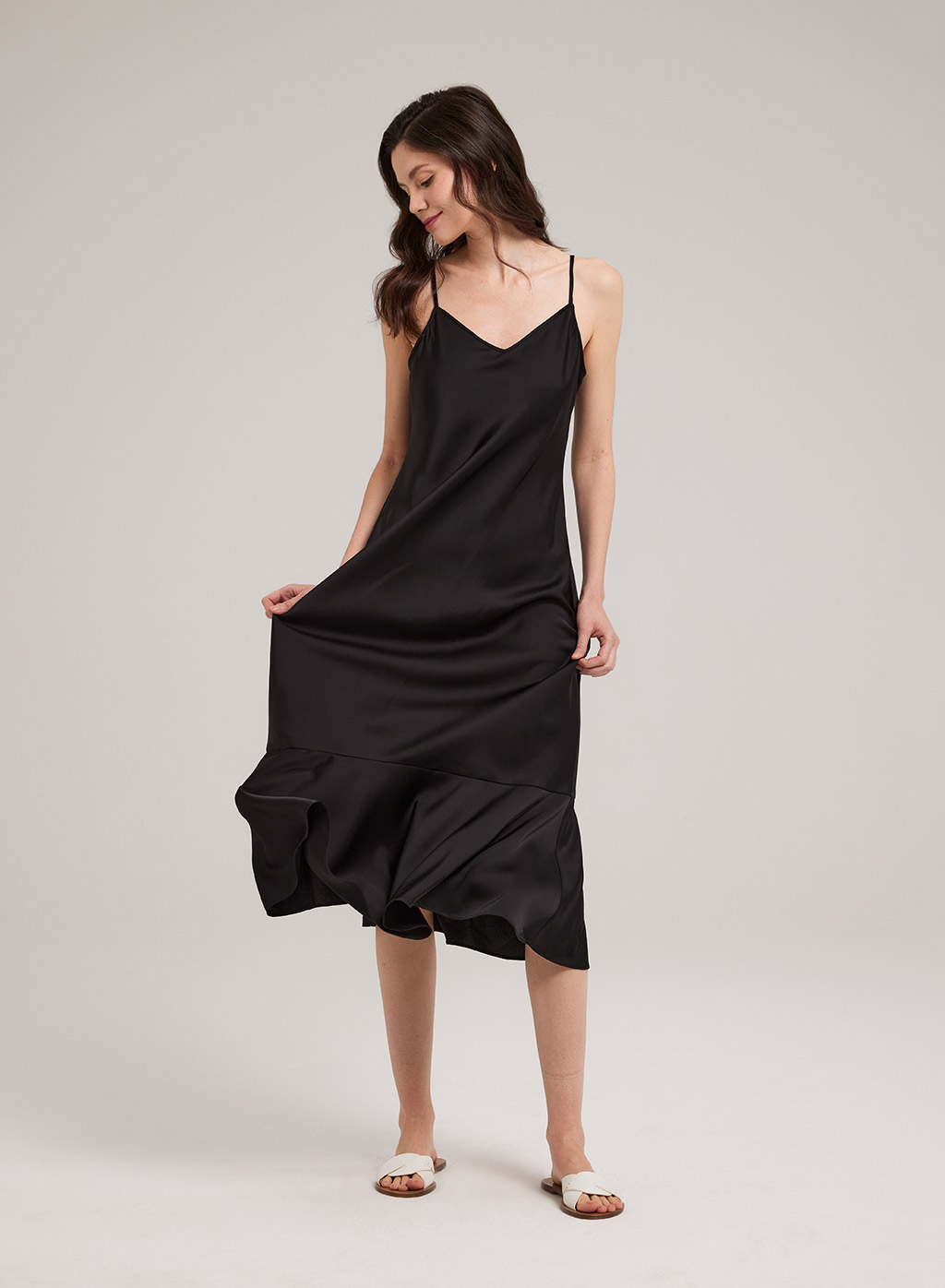The Mid-length Kensington Heritage Trench Coat in Midnight – Women | Burberry® Official
The archive-inspired style is woven in our signature cotton gabardine with a streamlined silhouette. Layer over knitwear and tailoring, and pop the collar to reveal a flash of Vintage check.
Our classic-fit trench updated with modern proportions. The archive-inspired style is woven in our signature cotton gabardine with a streamlined silhouette. Layer over knitwear and tailoring, and pop the collar to reveal a flash of Vintage check.
- Coat length: 94.5cm/37.2in. This is based on a size UK 6 as proportions change slightly according to size.
- Model’s height: 179cm/5ft 10.5in. Model wears size UK 6.
- Outer: 100% cotton
- Vintage check lining: 100% cotton
- Sleeve lining: 100% viscose
- Buttons: buffalo horn
- Buckles: calf leather
- Double-breasted closure
- Button-through welt pockets
- Signature details: epaulettes, hook-and-eye collar closure, gun flap, belted cuffs, D-ring belt, check undercollar, storm shield
- Specialist dry clean
- Made in England
- Alterations can be made using our in-store service. Please see FAQs for details.
- Item 40733711






)



Reviews
There are no reviews yet.